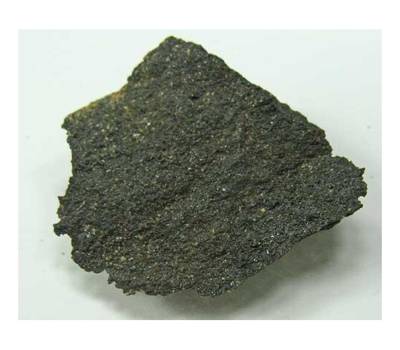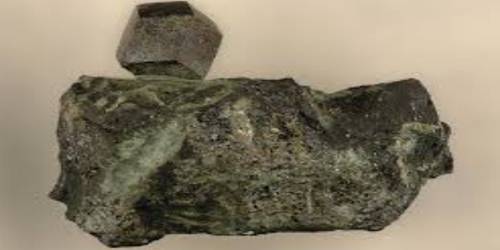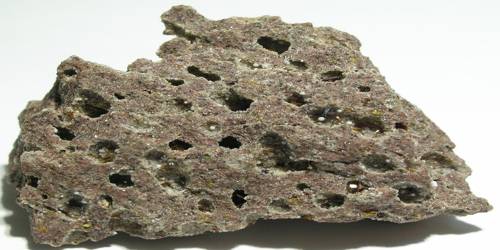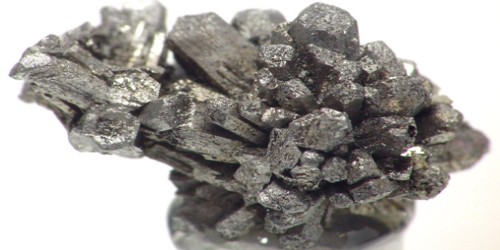Chamosite is the Fe2+ end member of the chlorite group. It is a greenish grey or black silicate of iron and aluminum. A hydrous aluminum silicate of iron, which is produced in an environment of low to moderate grade of metamorphosed iron deposits, as gray or black crystals in oolitic iron ore.
It is a mineral of the chlorite group, hydrous aluminum silicate of iron, occurring in gray or black crystals in oolitic iron ore. Like other chlorites, it is a product of the hydrothermal alteration of pyroxenes, amphiboles, and biotite in igneous rock.
General Information
- Category: Phyllosilicate
- Formula: (Fe2+, Mg)5Al(AlSi3O10)(OH)8
- Crystal system: Monoclinic
- Crystal class: Prismatic (2/m) (same H-M symbol)
- Member of: Chlorite Group

Properties
Chamosite has a laminar shape, sheets measure from 20 to 200 μm. Chamosite may be greenish gray or brown in color. It has a dull luster and grayish-green streak. Birefringence is much lower than that of the micas, illites, montmorillonites, and vermiculite, and refractive indices are higher than those of kaolinite.
- Color: Green, grey-green, black
- Mohs scale hardness: 3
- Hardness: 3
- Diaphaneity: Translucent to subtranslucent
- Fracture: Uneven – Flat surfaces (not cleavage) fractured in an uneven pattern.
- Luster: Vitreous – Dull
- Streak: grayish green
Occurrence: In sedimentary ironstones; authigenically formed under reducing conditions in the presence of the decomposed organic material.
Chamosite is a relatively uncommon mineral in nature. Since its discovery in Chamoson, only about 15 localities around the world are known to be associated with iron deposits. Chamosite may be found in occurrence with other chlorite minerals. In recent years, berthierine; a more abundant chlorite, was discovered in occurrence with chamosite in the iron deposit of Pena Colorada, Mexico.
Association: Siderite, kaolinite, quartz, magnetite, pyroxenes, plagioclase, olivine, calcite.
Information Source:
















